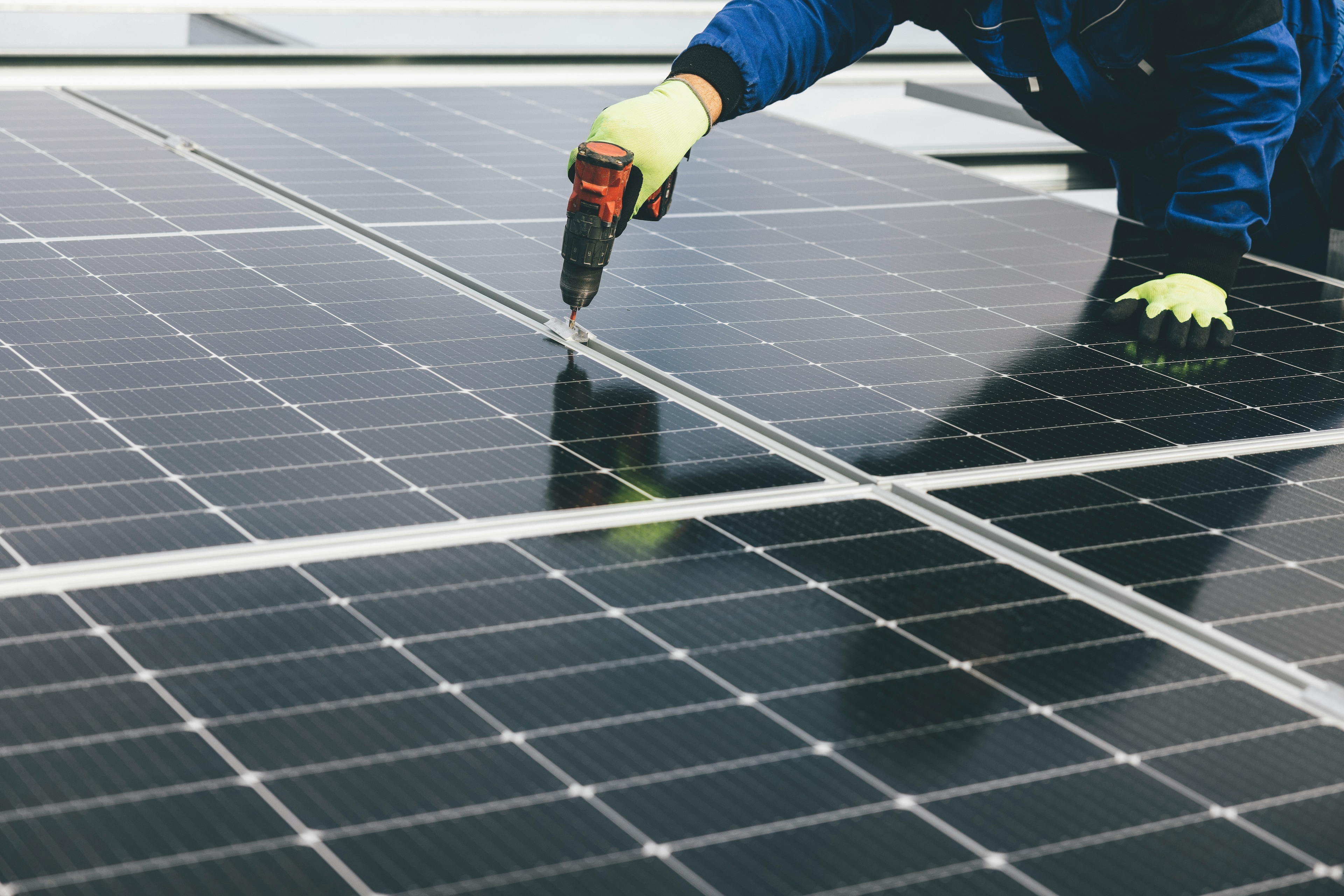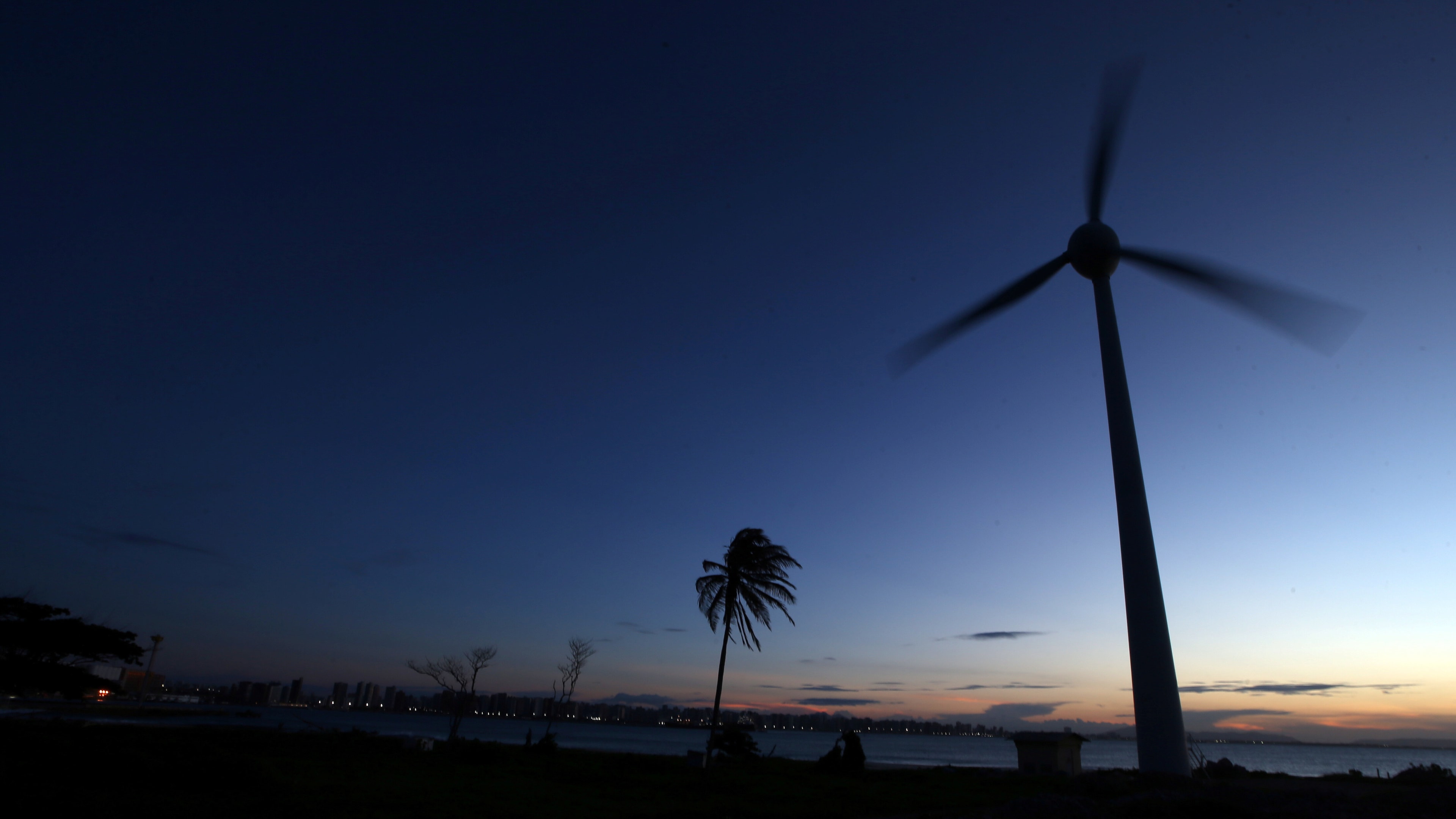Lower carbon future: What would it look like, how do we get there, and who will benefit?

Strong leadership, good policy and a human vision are essential to a smooth transition to a lower carbon future Image: Karsten Würth/Unsplash
- For a lower carbon future, we need a collective vision of technologies needed to get us there.
- Collective and collaborative governmental, civil society, and private sector leadership are critical to paving the way for a bright future of energy.
Even with most of the world agreeing on the goals set forward in Paris, it is less clear what staying below 2°C looks like. On a very basic level, we know we need to move to a lower carbon future, but beyond that goal, a collective vision of the technologies needed to get us there is more elusive. We know it could mean increased renewables, deep energy efficiency, energy storage, smart grid technologies, electric vehicles and flexible demand-side resources.
Towards a lower carbon future
There is also a lot we don’t know. Will we be able to develop cheaper, safer nuclear power? Are there carbon capture and storage technologies that will economically scale? Is there a path for a hydrogen infrastructure? Are there new battery chemistries that will increase the use of energy storage to meet weekly, monthly, or even seasonal applications? Will platforms such as blockchain enable consumers to become resources as well as loads? There are a multitude of unknowns, yet we understand that we are in the midst of an innovation tsunami. The decisions we make will allow us either to ride that wave and benefit or turn our backs on progress.
Lower carbon future: a crucial transition
Regardless of the unknowns, we must agree to the same set of facts and grapple with how to transition – as smoothly as possible – away from fossil fuels. Several workshops hosted by the King Abdullah Petroleum Studies and Research Centre have brought stakeholders together to talk about this issue. Energy firms committed to looking in the mirror and reducing their emissions profiles have created the Oil and Gas Climate Initiative. A smooth transition to a lower carbon future relies on the ability of oil and gas majors to chart their course, develop solutions, and pledge to move forward.
The necessary leadership
Collective and collaborative governmental, civil society and private sector leadership are critical to paving the way for a lower carbon future. Policymakers and stakeholders should favour integrated policy frameworks that establish a cross-sectoral vision and attract investment in and prioritize the deployment of clean energy. These policy best practices include smart subsidies, carbon pricing, support for innovation, energy efficiency programmes, electricity market design and sustainable finance and disclosure. Effective policies have the power to unleash market forces and achieve low emission goals nationally or sub-nationally. The crucial element will be leaders willing to put those policies into place.
Ensuring universal access
As innovation develops and spurs investment in developed economies, we need to ensure that technologies are available to provide access to emerging economies and underserved populations. The potential is enormous but also fraught; we must de-risk investment through stable and sustained policies and technology solutions. By looking at successful models, we can start to scale these access solutions in untapped regions of opportunity, while creating manufacturing and business opportunities in those regions.
The human impact
Human beings must be fully at the heart of this transition to a lower carbon future. People in dying industries have been and will continue to be left behind in this rapidly evolving transformation; they must be brought along on their own terms, have a stake in the outcome and benefit directly from clean, low-emission innovation, supply chains, manufacturing and deployment. We should embrace the fact that people will be critical to implementing this transition into the lower carbon future through engagement as “prosumers”. People have more control over how, when, what type and how much energy they use as part of their broader lifestyle choices. As we evolve our energy system, humans are integral to the vision, the creation, the commitment and the success of that transition. With people kept in constant focus – from those in the workforce to innovators, large corporations, civil society and governmental leaders – only our own imaginations will hold us back from a lower-emission future. If we create the right conditions, we can start the move today towards a lower carbon future envisioned by leadership, embraced by people and enabled by innovation, which will transform our lives and the planet where we live.
Don't miss any update on this topic
Create a free account and access your personalized content collection with our latest publications and analyses.
License and Republishing
World Economic Forum articles may be republished in accordance with the Creative Commons Attribution-NonCommercial-NoDerivatives 4.0 International Public License, and in accordance with our Terms of Use.
The views expressed in this article are those of the author alone and not the World Economic Forum.
Stay up to date:
Energy Transition
Related topics:
Forum Stories newsletter
Bringing you weekly curated insights and analysis on the global issues that matter.
More on Energy TransitionSee all
Tony Pan
August 27, 2025






